
Masked Palm Civet
Masked Palm Civet
Masked Palm Civet
Do you know the masked palm civet, an animal that lives mainly in Southeast Asia? Some of you may have actually seen it because it is bred not only in the wild but also in zoos. In the case of Japan, such masked palm civet is treated as a vermin for various reasons, and it is also an animal that is subject to extermination. In this article, let's take a peek at the characteristics and secrets of masked palm civet and its life together!
Masked Palm Civet Basic Infomation

Mammalia-Carnivora-Viverridae.
Length:40~70cm weight:3~6Kg.
Masked palm civet is one species of civet cat that lives in Southeast Asia. The color of the body is yellow-brown, the body is slender overall, the tail is long, the limbs are short. The biggest feature is that there is a white line in the middle of the face, and it is said that this line is the origin of the name.
The masked palm civet is a nocturnal animal that is active mainly in the dark and has a body suitable for living on trees. Since the hands are very dexterous and can grasp objects, it may be said that the unique feature of the masked palm civet is that it can move through narrow and thin objects such as rain gutters, telephone poles, and electric wires.
The masked palm civet reaches sexual maturity at around 1-2 years of age and can reproduce. Although there is no fixed breeding season, it is generally believed that they give birth to one child once a year, with a gestation period of about 60 days and giving birth to 2-4 children at a time.
Masked Palm Civet Q&A

What is the origin of the name masked palm civet?
In English, it is called "masked palm civet", but in Japanese it is named "hakubishin". So why did it come to be called hakubisin in the Japanese name? This time, we will introduce its origin.
Regardless of gender or age, the face of the masked palm civet has a single white line from the tip of the nose to between the eyebrows. It is said that this pattern was given the name "hakubishin" because it is characteristic.
※White is called "haku" in Japanese.
It is the origin of the English name, but it seems that it means "civet cat with a mask".
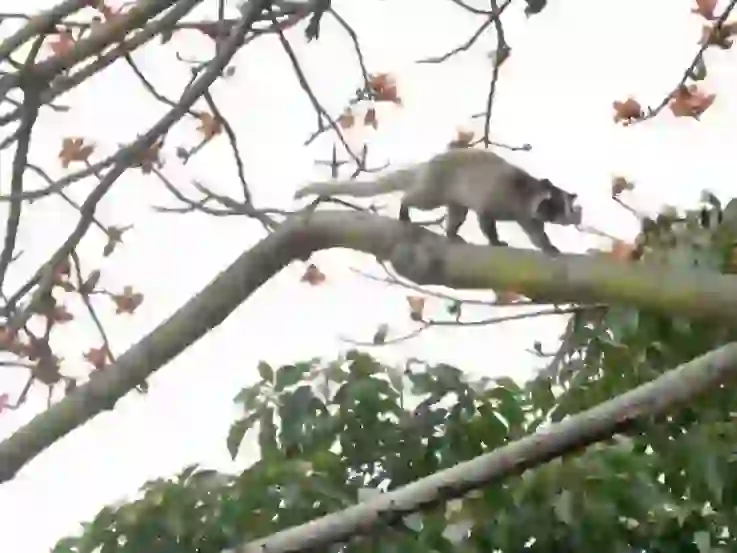
Why does the masked palm civet live there?
The masked palm civet is found mainly in Southeast Asia, as well as in China and Japan.
Despite having a wide range of habitats, the masked palm civet is a mysterious animal and the exact reason why it inhabits these areas is not clear. However, it is believed that one of the reasons why they live there is that there are many things that they can eat and many places where they can hide.
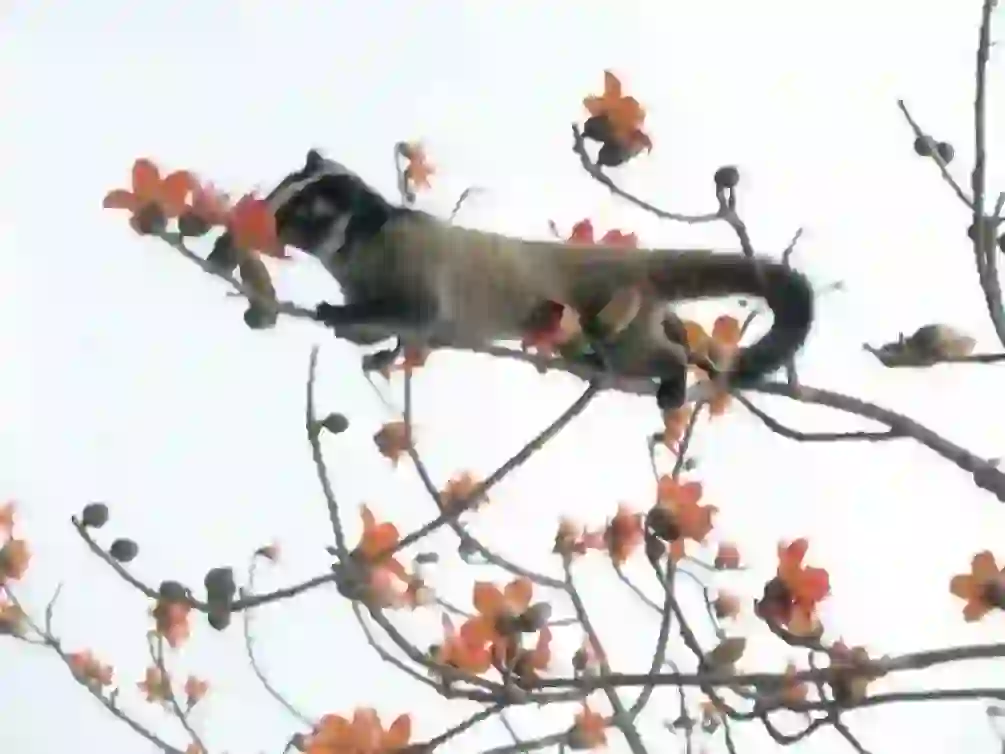
What does masked palm civet eat on?
The masked palm civet is an omnivorous animal that eats everything from fruits, insects, reptiles, birds and their eggs in the wild. It has been found that the masked palm civet living in Japan also eats food waste from restaurants and households, as well as pet food that has been left unattended.
Masked palm civets kept in zoos eat various things such as vegetables (sweet potatoes, carrots, etc.), fruits (apples, oranges, bananas, etc.), boiled eggs and bread.
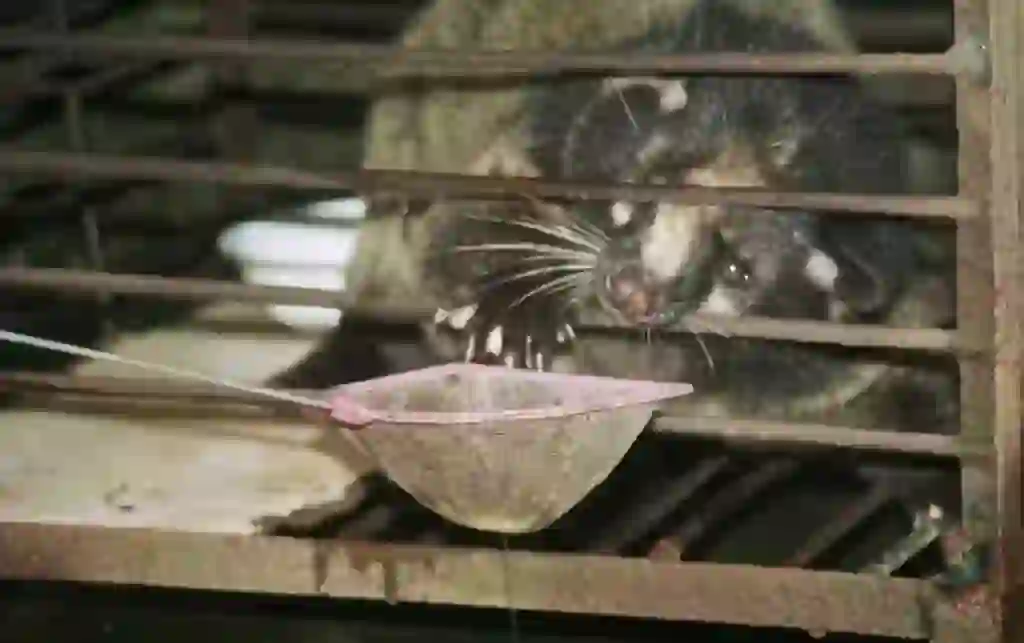
What kind of personality does the masked palm civet have?
The masked palm civet is said to be very gentle and will not attack unless there is something very unusual.
The masked palm civet is gentle and has a cute face, so some people may want to touch it or feed it. However, since the masked palm civet is a wild animal, it is not known what kind of diseases or parasites it may have, and if you get too close to the masked palm civet too easily, there is a risk of spreading diseases or parasites.
This can spread not only to humans but also to animals such as dogs and cats that humans keep as pets. Therefore, if you see a masked palm civet, please do not touch it or feed it.

Is it true that the masked palm civet may not be originally a Japan animal?
It's true.
The masked palm civet is thought to be an alien species rather than a native species of Japan.
An alien species refers to an animal that has been brought into an area by humans, even though it was not originally present in that area. The masked palm civet is also an alien species and is believed to have been brought to Japan from its original habitat by humans.
The exact reason why the masked palm civet came to Japan and became established is not clear. As of 2023, it is believed that some of the masked palm civets were brought from China in the Meiji era to obtain fur and that some of them became wild.
Although the masked palm civet is considered to be an alien species, unlike raccoons and mongooses, it is not designated as a “specified alien species”.
Under the “Alien Species Act,” the definition of a specified alien species is “something that has been brought in since the Meiji era when human movement and logistics began to increase, and something whose time of introduction is known.” Therefore, since the masked palm civet has been recorded since the Meiji era and it is not known when it was brought to Japan, it is not considered a specified alien species.
※What is a specific alien species. In Japan, there are 25 species of mammals designated as “specified alien species” that are particularly harmful to agriculture, fisheries, human life and ecosystems among the alien species that have come to Japan since the Meiji era. These include raccoons, sika deer and nutria.

Why is masked palm civet treated as a vermin?
One of the main reasons why the masked palm civet is treated as a vermin is that it loves sweet fruits. The masked palm civet is a very troublesome creature for farmers because it appears in towns and destroys crops (especially fruits such as oranges, persimmons and watermelons).
In addition, the masked palm civet has very high physical abilities and can easily climb trees and utility poles. It can also pass through holes as small as a smartphone and jump more than 1 meter vertically.
The masked palm civet uses this physical ability to enter houses and settle in attics and other places, causing damage to houses with its claws and teeth and spreading bad smells and dirt with its feces and urine. This has caused damage throughout the country.
For this reason, the masked palm civet is treated as a vermin. If a masked palm civet settles in your home, it is recommended that you contact your local government or a company that specializes in exterminating masked palm civets as soon as possible to take measures.
It is said that the masked palm civet dislikes strong smells such as wood vinegar and garlic, so it is also said that filling the area where the masked palm civet is located with these smells is one way to deal with it.

Can masked palm civet be kept as a pet?
When breeding an unusual pet at home, it is necessary to follow the laws established in some countries. This time, we will introduce whether it is possible to keep masked palm civet at home in Japan.
While it is not easy to keep a masked palm civet as a pet, it is not impossible depending on the location and conditions. However, since the masked palm civet is basically a wild animal, it is not sold in pet shops and there are no breeders. Therefore, in order to keep a masked palm civet as a pet, you first need to catch a wild one.
However, since the masked palm civet is protected by the “Act on the Protection of Birds and Animals” law, you will be punished by law if you capture or keep one without permission. Therefore, in order to obtain a masked palm civet, you need to obtain a hunting license or a license for hunting equipment (such as guns and traps) and capture it during the designated hunting season.
In addition to being a wild animal, the masked palm civet is also often exterminated as a harmful bird and animal. Some prefectures prohibit the keeping of masked palm civets, so if you plan to capture or keep one, please check with the prefecture where you live in advance to see if it is allowed.

What is the difference masked palm civet, raccoon, and raccoon dog?
What is the difference between the carnivorous animal masked palm civet that lives in the Japan, and raccoons and raccoon dogs?Masked palm civets, raccoons, and raccoon dogs have similar shades, making them difficult to distinguish from a distance.
The raccoon is an animal classified in the Procyonidae family of carnivores that inhabits North America. It eats almost the same thing as the masked palm civet. Its physical characteristics include a black mask-like pattern around its eyes and white and black striped patterns on its tail.
Unlike the masked palm civet, raccoons are known to have very aggressive temperaments and may attack humans by biting or scratching them. Raccoons are also designated as specific invasive species and cannot be kept as pets.
The raccoon dog is an animal classified in the Canidae family of carnivores that inhabits eastern and northern Asia and Japan. There are two types of raccoon dog in Japan the japanese raccoon dog and the ezo raccoon dog, both of which are native species. They eat almost the same thing as the masked palm civet and raccoons.
Their physical characteristics include brown fur, black fur around their eyes and on the tips of their tails and legs, and round ears. They are known for being shy and docile and do not attack humans.
Raccoon dogs are protected by law under the “Act on the Conservation and Management of Endangered Species of Wild Fauna and Flora” and require hunting licenses or permits from prefectures to be captured or kept as pets.

Is there a place in Japan where you can see masked palm civet?
In addition to being protected where they are weakened, they can also be mistaken for raccoons and protected, and protected individuals are often kept in zoos as they are. For this reason, masked palm civet is bred at many zoos such as Ueno Zoo and Tama Zoological Park in Tokyo, Nogeyama Zoo and Yumemigasaki Zoological Park in Kanagawa Prefecture, and Japan daira Zoo in Shizuoka Prefecture.
As an aside, as explained in other Q&A, the masked palm civet is an animal that is treated as a "harmful bird and beast". For this reason, an increasing number of zoos that protect wild animals do not protect or treat masked palm civet.

How long does a masked palm civet live?
There are various opinions about the lifespan of the masked palm civet, but it is said to be less than 10 years (about 7-8 years) in the wild and about 15-20 years in captivity.
In captivity, the lifespan tends to be longer, and there are records of individuals that lived up to 28 years old at the Nogeyama Zoo in Kanagawa Prefecture.

What kind of enemies does the masked palm civet have?
The masked palm civet that lives in Southeast Asia has many natural enemies, and it seems that it can be eaten by cats such as leopards and tigers, birds of prey such as eagles, hawks, owls, and large snakes.
The masked palm civet beetles that live in the Japan have few natural enemies and are sometimes attacked by birds of prey, but they often compete with raccoons and raccoondogs for food and shelter.
But for masked palm civets, the biggest enemy is not tigers or leopards, but us humans.
Masked palm civet, which inhabits Southeast Asia, is said to be gradually decreasing in number due to habitat destruction and hunting for food. In Japan, it is currently being exterminated nationwide as a harmful bird and beast that damages crops and sometimes damages houses.
It is certainly troublesome to have important crops and houses damaged, but it was we humans who brought masked palm civet into Japan in the first place. It can be said that labeling masked palm civet, which was brought in for human convenience, as a harmful animal and exterminating it is also human ego.
Problems such as invasive species and harmful animals are difficult because they involve various factors and cannot be easily solved. Nevertheless, we should not forget that masked palm civet is not maliciously damaging crops in the wild, but is simply trying to live its life as best it can.

Would you like to become a part of the 'Animalbook.jp'?
Turn your knowledge into Q&A and share it with the world. ※Publication will be activated after purchase. Let's share information together!
Masked Palm Civet Type of List
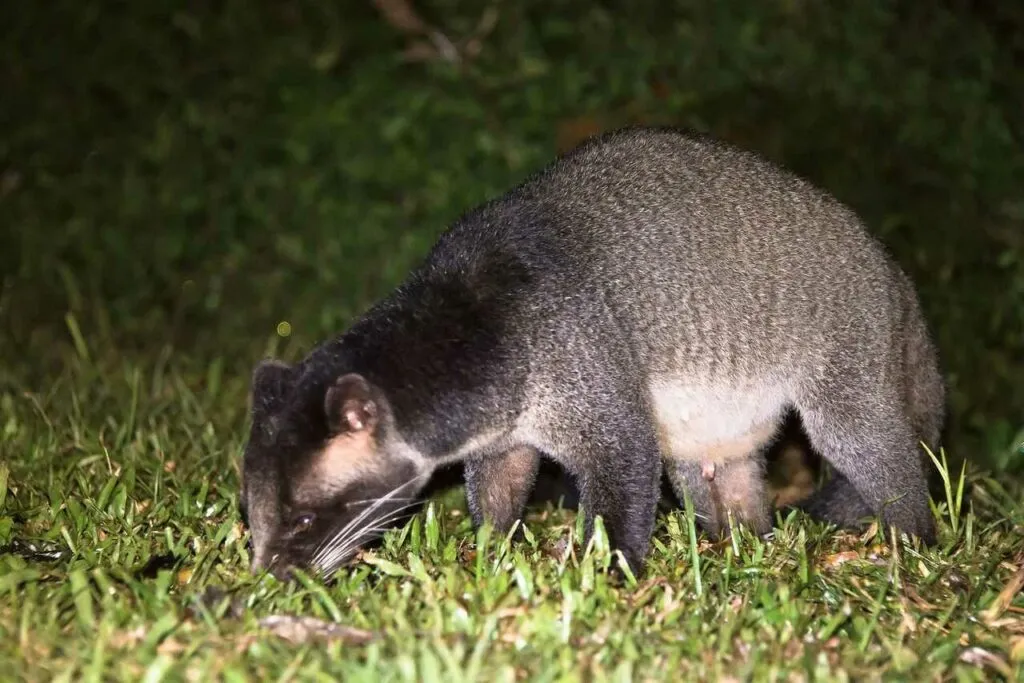
- Masked Palm Civet
Information
Congratulations! You are the first commenter!

Create Your Favorite List!
Masked Palm Civet
Save the animals you love! Build your own list to quickly revisit your favorites later.

Would you like to leave a comment?
※Please note: This is for the purchase of rights to post comments within the article.
Find Your Favorites!
Our shop offers a unique and attractive selection of goods themed around various animals.
Masked Palm Civet References

- 東京ズーネット「多摩動物公園の高齢ハクビシンたち」 https://www.tokyo-zoo.net/topic/topics_detail?kind=news&inst=&link_num=23888
- 静岡市立日本平動物園「ハクビシン」 https://www.nhdzoo.jp/sp/animals/naka.php?animal_uid=118
- JA東京みどり「2016 新春号 Vol.94 営農レポート 獣害に備える~ハクビシンとアライグマの基礎知識~」 https://ja-tokyomidori.or.jp/newsletter/94/einou.html
- 東京都環境局「Ⅱ アライグマ・ハクビシン問題とは」 https://www.kankyo.metro.tokyo.lg.jp/nature/animals_plants/raccoon/racc_manual.files/racc_manual_2.pdf
- 公益社団法人 静岡県獣医師会「野生動物」 http://www.shizujyu.com/publics/index/33/
- 環境省「日本の外来種対策 特定外来生物等一覧」 https://www.env.go.jp/nature/intro/2outline/list.html
- 宮城県「ハクビシン~生態と被害防止対策のポイント~」 https://www.pref.miyagi.jp/uploaded/attachment/235220.pdf
Masked Palm Civet Introduction of media used
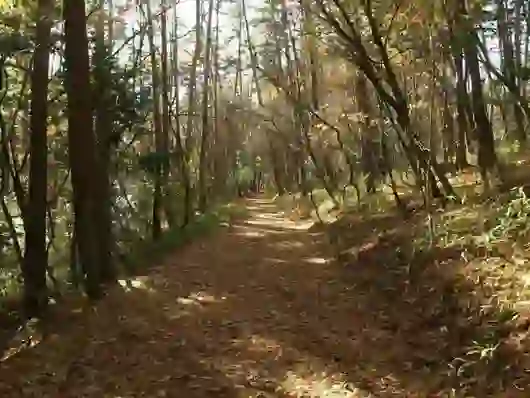
habitat
出典:https://pixabay.com/images/id-219243/
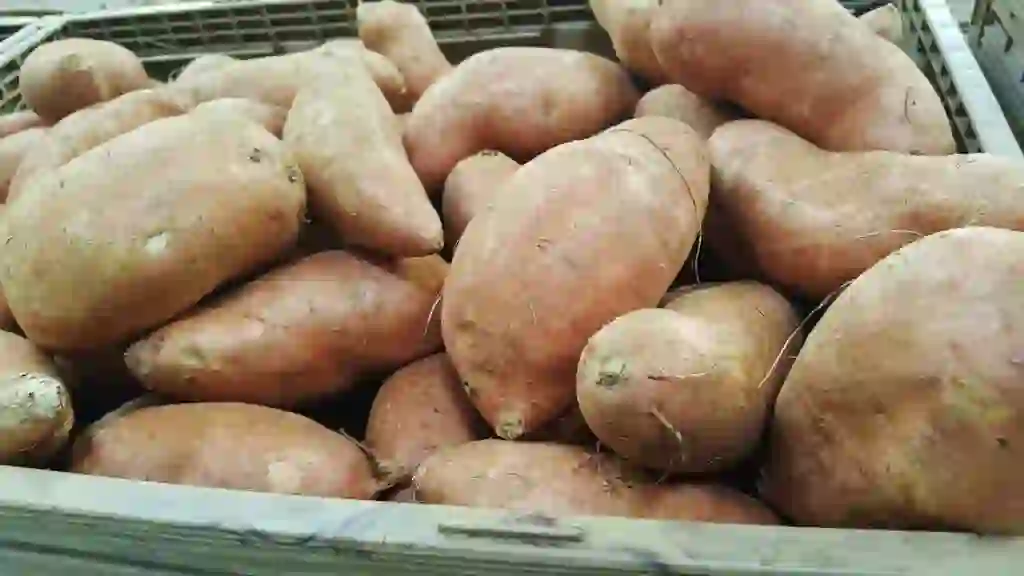
food
出典:https://pixabay.com/images/id-1310287/
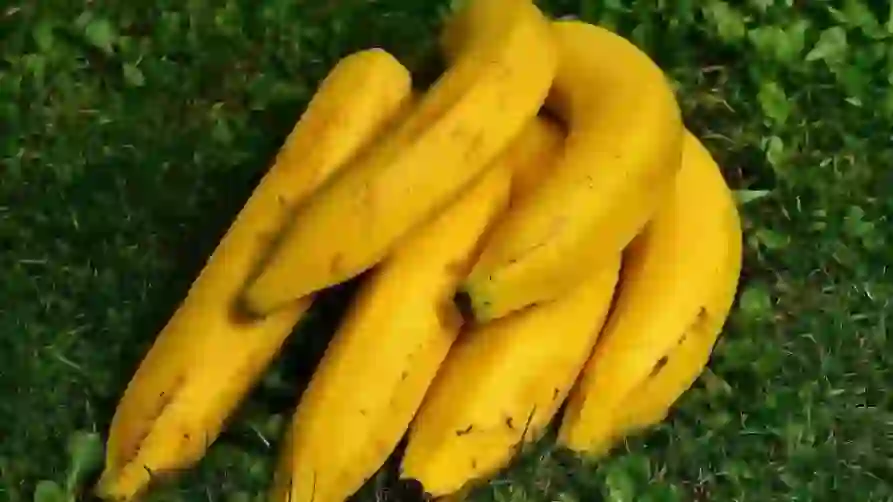
food
出典:https://pixabay.com/images/id-1310287/
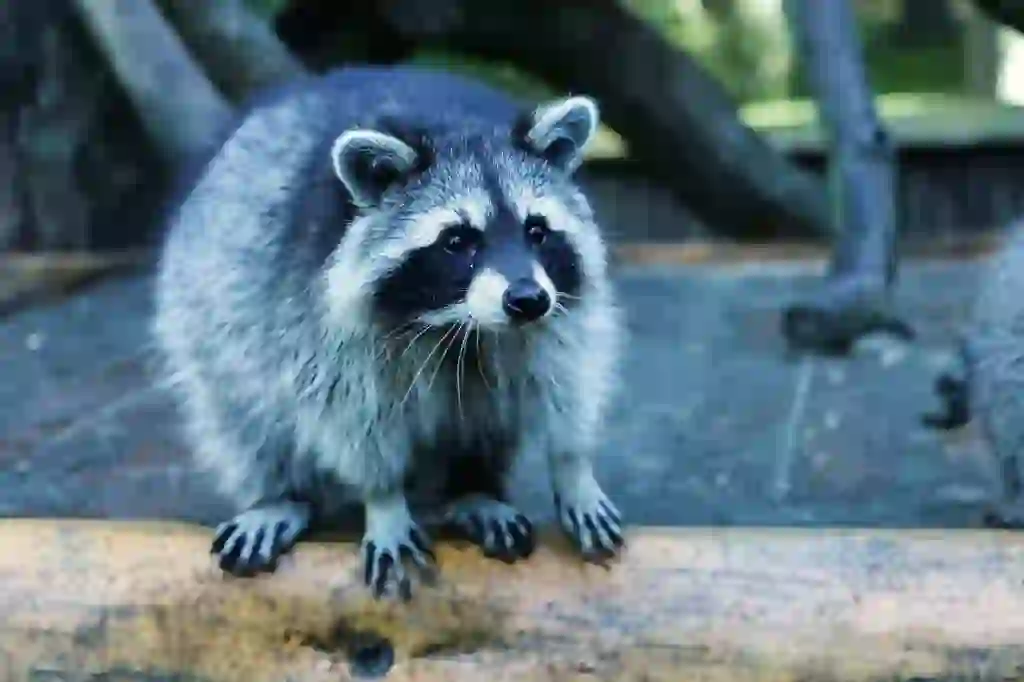
similar
出典:https://pixabay.com/images/id-4536788/

similar
出典:https://commons.wikimedia.org/wiki/File:Tanuki_in_Higashiyama_Zoo_-_2.jpg

enemy
出典:https://pixabay.com/images/id-169905/
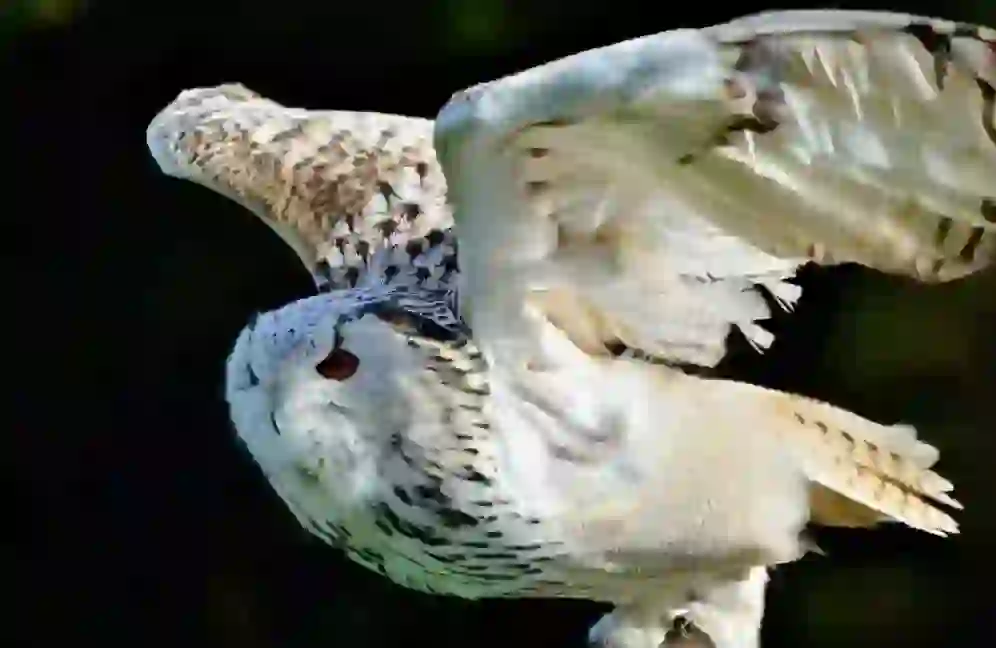
enemy
出典:https://pixabay.com/images/id-2905741/

Help Enrich Our Animalbook.jp with Your Media!
We are constantly looking to expand and enrich our Animalbook.jp with amazing photos and videos of animals. If you have any media that you'd like to share, please contribute and help us showcase the beauty and diversity of the animal kingdom. Your submissions will be credited and featured in our encyclopedia, reaching a wide audience of animal lovers.


















